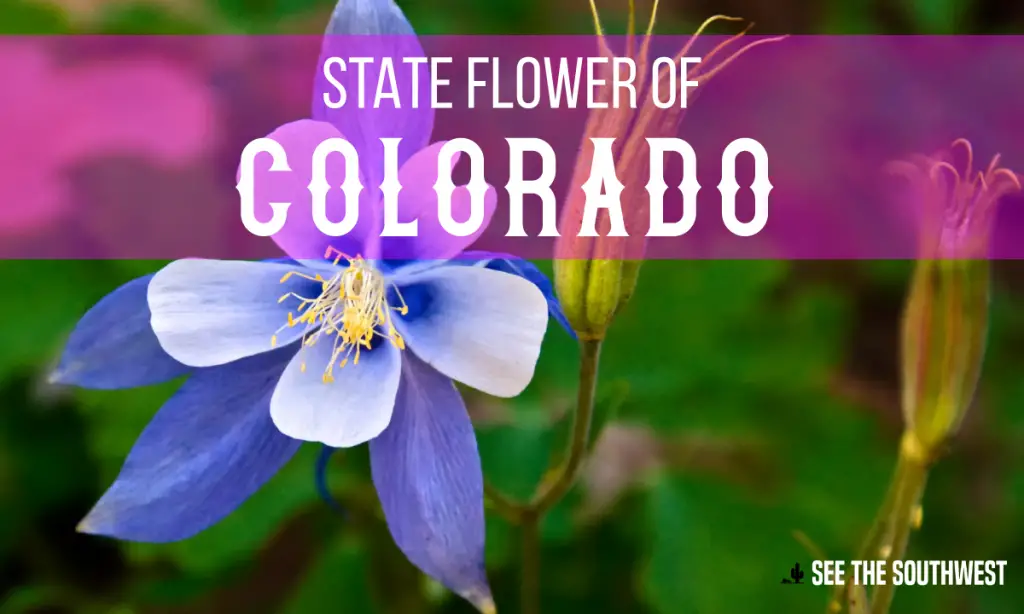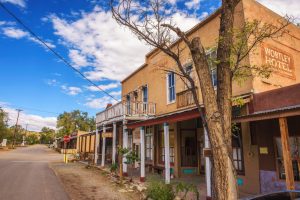
The white and lavender Columbine, Aquilegia caerulea, more commonly known as the Rocky Mountain Columbine, was voted the state flower by the school children of Colorado in 1881. Of the 22,316 votes cast, 14,472 went to the Rocky Mountain Columbine. Even though the children cast their votes in 1881, the Columbine wasn’t adopted as the official state flower until April 4, 1899. Somehow, the official paperwork went undone until a women’s club in Cripple Creek discovered this lapse and got busy.
A famous mountain climber by the name of Edwin James was the first to discovered the Rocky Mountain Columbine. He came across the delicate blooms in 1820 while scaling Pike’s Peak. The Columbine grows only in the Rocky Mountains from Montana to Arizona and New Mexico. It flourishes in the foothills all the way to high alpine areas, where it is often common in aspen groves, open forests, meadows and on talus slopes.
The Columbine grows to several feet tall with gorgeous blooms, ranging in hues of white to a magnificent blue that can sometimes appear as a lovely shade of lilac. The blooms range from one to three inches in diameter. The showy trailing tails on the flower are often said to resemble eagle’s talons. The blue color of the Colorado Columbine fades to whites and creams when you move north or west from Colorado. Oddly enough, the flowers found naturally at higher altitudes tend to be more colorful than those at lower elevations. The blooms are a favorite of photographers, particularly since it flowers throughout the whole growing season.
The scientific name Aquilegia, derived, comes from Latin word aqua, which means water, and the Latin word legere, which means “to collect.” In fact, the Columbine collects water at the base of the spur. Another interpretation could be from the Latin word aquil, which means eagle, referring to the spurs on the flowers that resemble the talons of an eagle. The common name “columbine” is from the Latin word for dove, since many people think the buds and flowers look like groups of doves.
Hummingbirds are particularly drawn to the Columbine because of the sweet nectars the flower produces, while juncos and the sparrows are known to feed on its seeds. The parent plant only lives 4-5 years, but in favorable conditions, the Columbine does self-seed producing numerous offspring.
NOTE: Columbine is a Protected Species
To protect this fragile flower, Colorado state law prohibits digging or uprooting the flower on public lands and limits the gathering of buds, blossoms and stems to 25 in one day. It is unlawful to pick the columbine on private land without consent of the land owner. Violation of these laws will result in a substantial fine.




